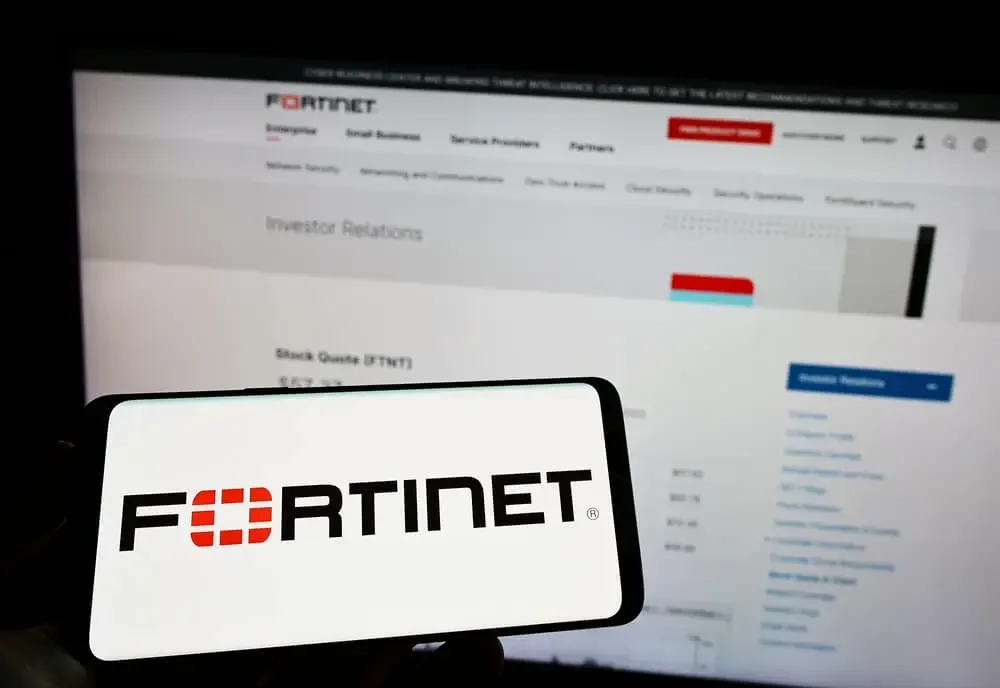Fortinet FortiSIEM Vulnerability Raises RCE Risks

Successful exploitation of these FortiSIEM vulnerabilities could enable remote attackers to execute code using the affected service account.
Ashish Khaitan May 30th, 2024

Share on LinkedInShare on Twitter
Multiple vulnerabilities have recently been discovered in Fortinet FortiSIEM, raising concerns over potential remote code execution exploits. FortiSIEM, renowned for its real-time infrastructure and user awareness capabilities facilitating precise threat detection, analysis, and reporting, faces significant risks due to this FortiSIEM vulnerability.
The identified vulnerabilities, if successfully exploited, could grant remote attackers the ability to execute code within the context of the affected service account.
This could lead to a range of malicious activities, including the installation of unauthorized programs, manipulation of data, or even the creation of new accounts with extensive user rights.
Understanding the Fortinet FortiSIEM Vulnerability
The severity of the Fortinet FortiSIEM vulnerability varies based on the privileges associated with the compromised service account, with administrative accounts posing the highest risk. According to SingCERT, proof of concept exploits are already available for CVE-2024-23108 and CVE-2023-34992, indicating an immediate threat to vulnerable systems.
Fortinet FortiSIEM versions 7.1.0 through 7.1.1, 7.0.0 through 7.0.2, 6.7.0 through 6.7.8, 6.6.0 through 6.6.3, 6.5.0 through 6.5.2, and 6.4.0 through 6.4.2 are all affected by the vulnerabilities.
The risks associated with these vulnerabilities vary across different sectors, with large and medium government entities and businesses facing high risks, while small government entities and businesses face a medium level of risk. Home users, however, are considered to have a low-risk exposure.
Technical Analysis of FortiSIEM Vulnerability
Technical analysis of these FortiSIEM vulnerabilities reveals that the flaw primarily exploits the execution tactic, specifically targeting the Command and Scripting Interpreter technique. Multiple instances of improper neutralization of special elements used in OS Command have been identified in the FortiSIEM supervisor.
These vulnerabilities could be exploited by remote, unauthenticated attackers via specially crafted API requests. To mitigate the risks associated with these FortiSIEM vulnerabilities, it is recommended to promptly apply patches provided by FortiNet after thorough testing.
Other measures, include establishing and maintaining a documented vulnerability management process for enterprise assets, performing regular automated application updates, enforcing network-based URL filters to limit access to potentially malicious websites, implementing the Principle of Least Privilege for privileged account management, blocking unauthorized code execution through application control, and script blocking, establishing and maintaining a secure configuration process for enterprise assets and software, and address penetration test findings according to the enterprise’s remediation policy.
By adhering to these recommendations, organizations can effectively mitigate the vulnerabilities in Fortinet FortiSIEM, safeguarding their systems against potential remote code execution exploits. Stakeholders must prioritize these actions to ensure the security and integrity of their IT infrastructure.





